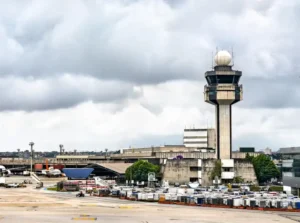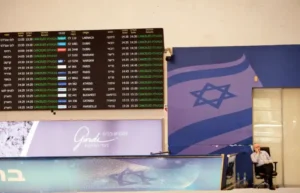Amazon Air Upsizes Fleet to Dominate Bulk Cargo Market
Amazon Air transforms its logistics network with bigger planes, long-haul routes, and third-party cargo services—reshaping the air freight landscape.

Amazon Air has significantly restructured its cargo operations to better serve the shifting logistics landscape and capitalize on new third-party shipping opportunities. By phasing out short-haul routes, investing in larger aircraft, and decentralizing hub activity, the e-commerce giant’s airline is positioning itself as a serious player in the bulk air cargo space.
Over the past two years, the company has introduced larger widebody aircraft, including ten Airbus A330-300 freighters, offering a 17% increase in payload and 6% more volume than its previously dominant Boeing 767s. This shift marks a clear move toward maximizing tonnage and efficiency, especially as Amazon embraces a more regional fulfillment strategy and offers excess capacity to outside logistics partners, retailers, and postal services.
With an increasing focus on long-haul and overnight routes, Amazon Air has transitioned to a hub-and-spoke model. The Cincinnati/Northern Kentucky International Airport (CVG) remains central, though activity has diversified to other hubs like San Bernardino, Ontario, and Baltimore-Washington. Late-night flying has surged, now accounting for 41% of weekly flights—ensuring timely early-morning arrivals for next-day delivery goals.
Domestically, Amazon has reduced point-to-point flying and shifted away from turboprops and smaller planes, trimming under-400-mile routes by more than half. Internationally, its European operations have downsized dramatically since 2022, with 12 daily flights using Boeing 737-800s now focused on northern Europe.
Fleet utilization has also improved, with more aircraft returning to service. Though Amazon Air’s fleet now hovers around 100 aircraft, about a dozen remain parked, signaling further expansion potential. The company recently ended its contract with Atlas Air and reassigned aircraft to ABX Air and Sun Country Airlines, while Hawaiian Airlines now supports the A330 fleet.
These sweeping changes underscore Amazon Air’s pivot toward heavy freight and longer hauls, aligning with broader efforts to streamline logistics, reduce operational costs, and monetize unused cargo space.






